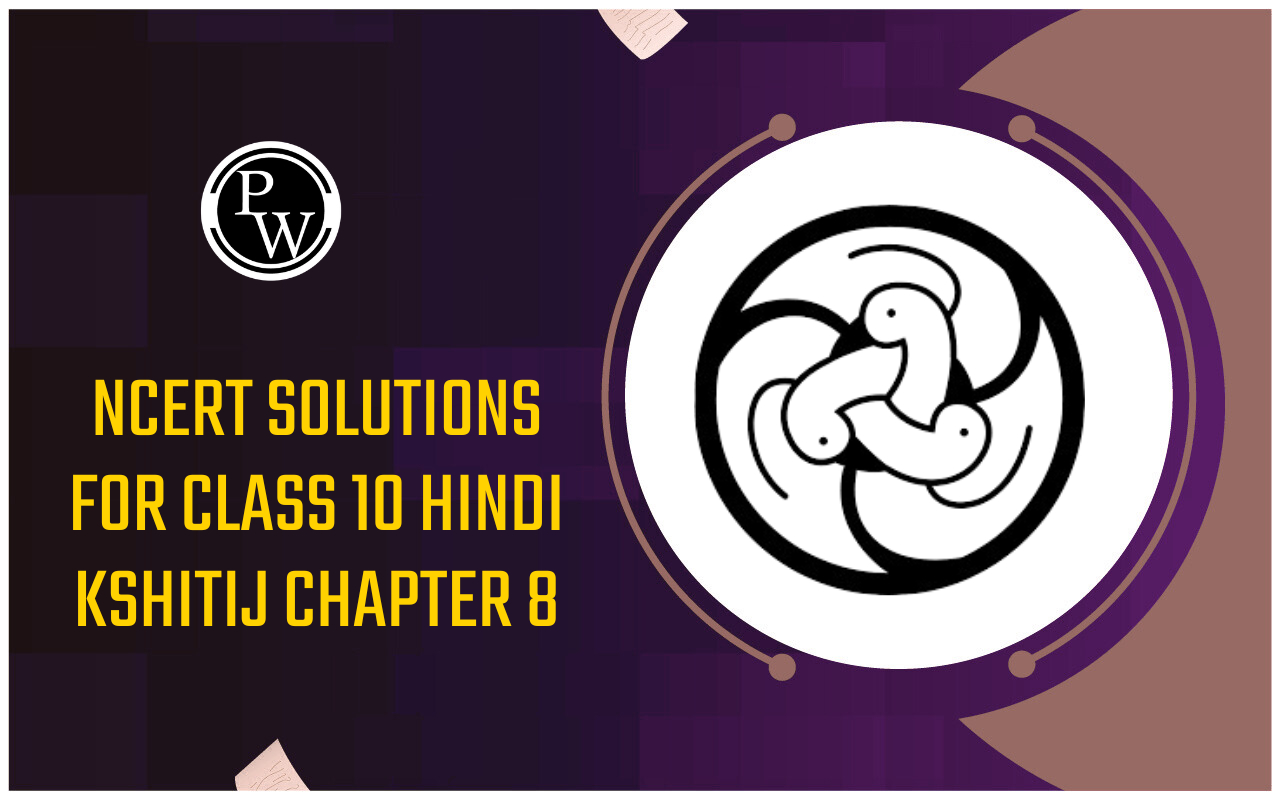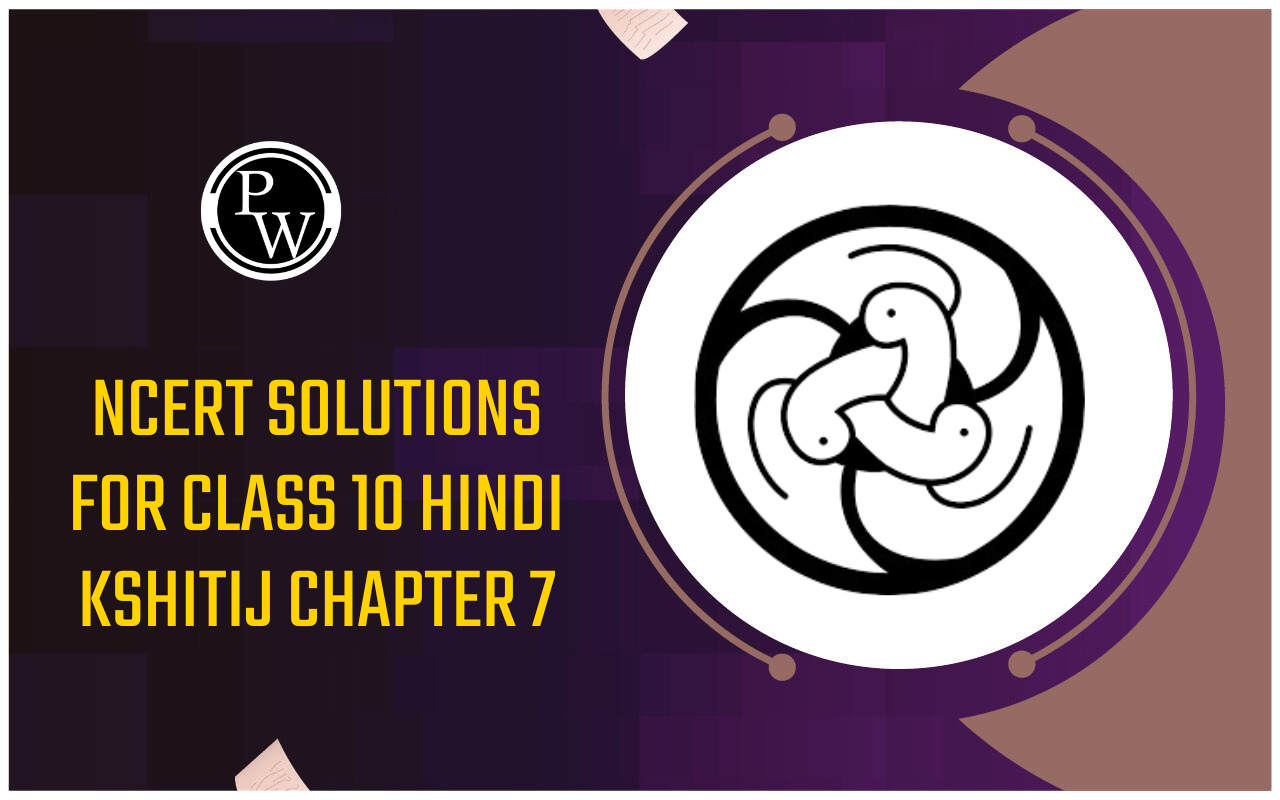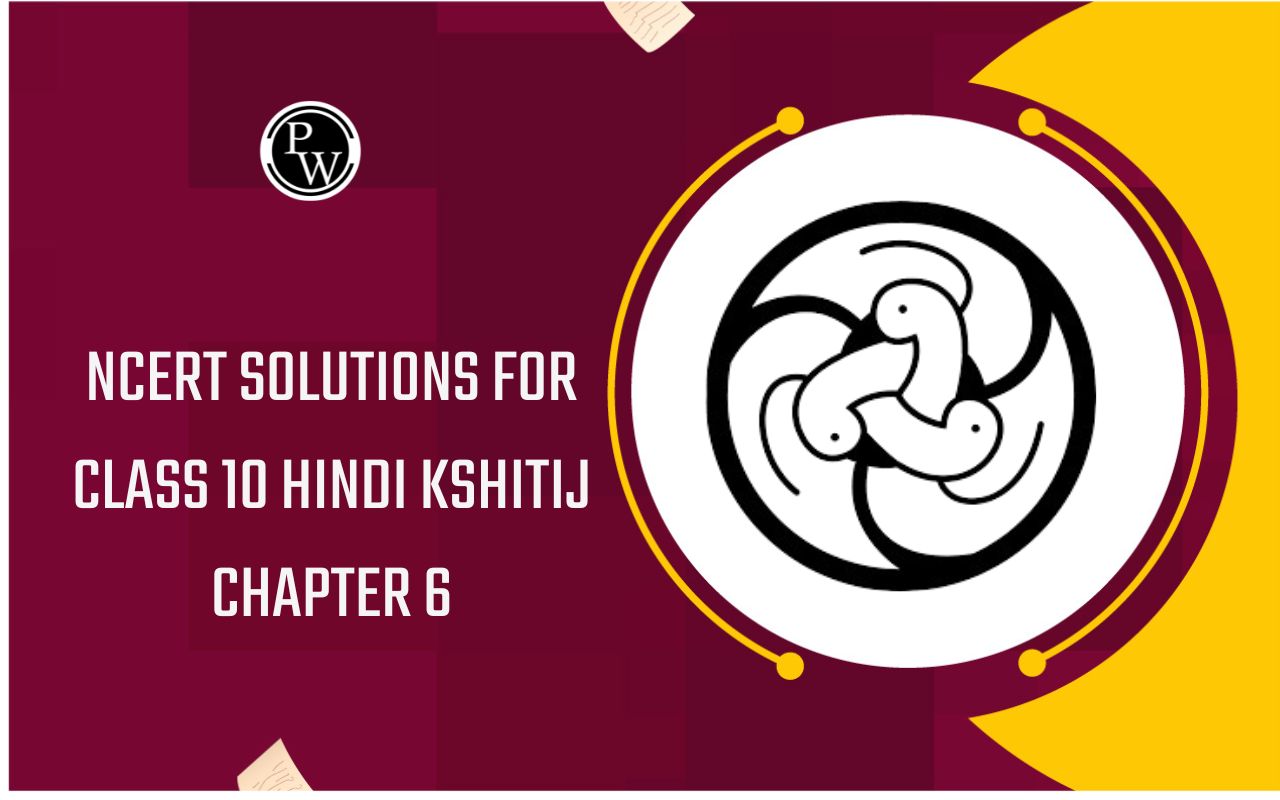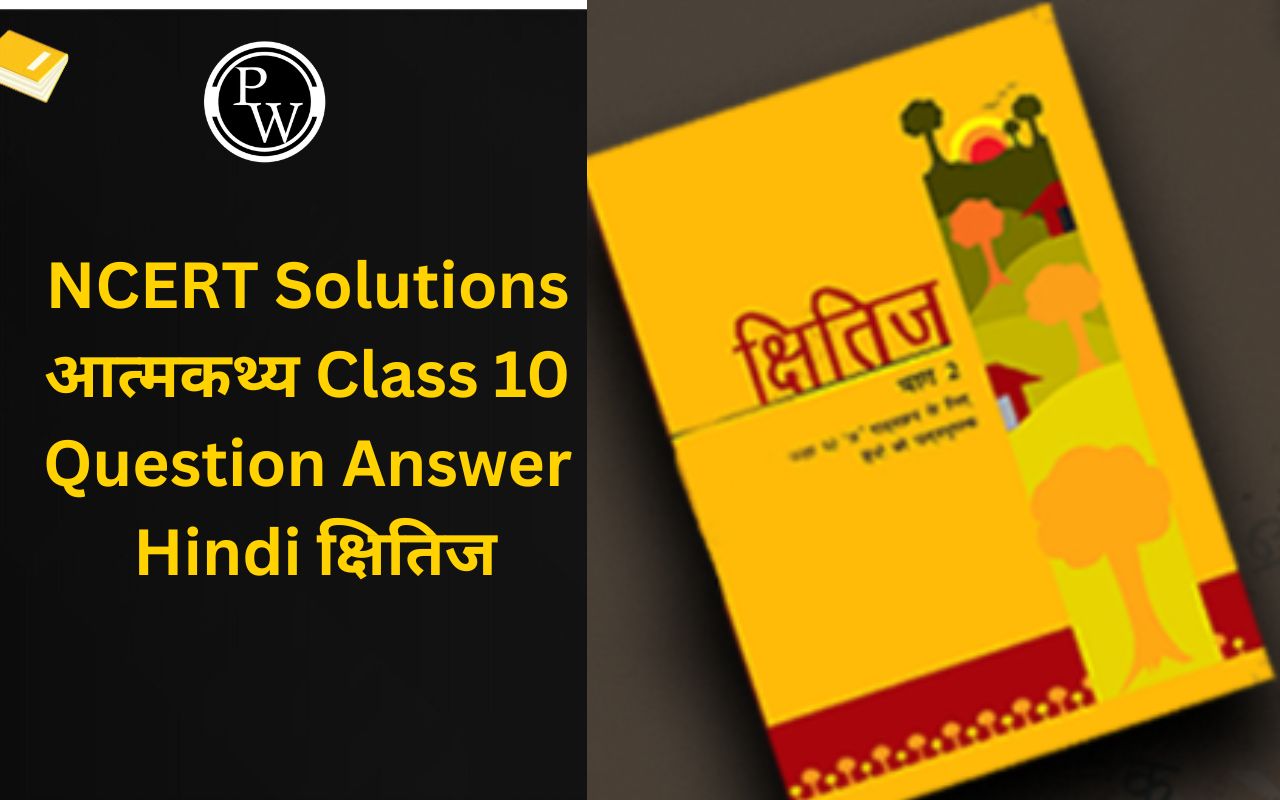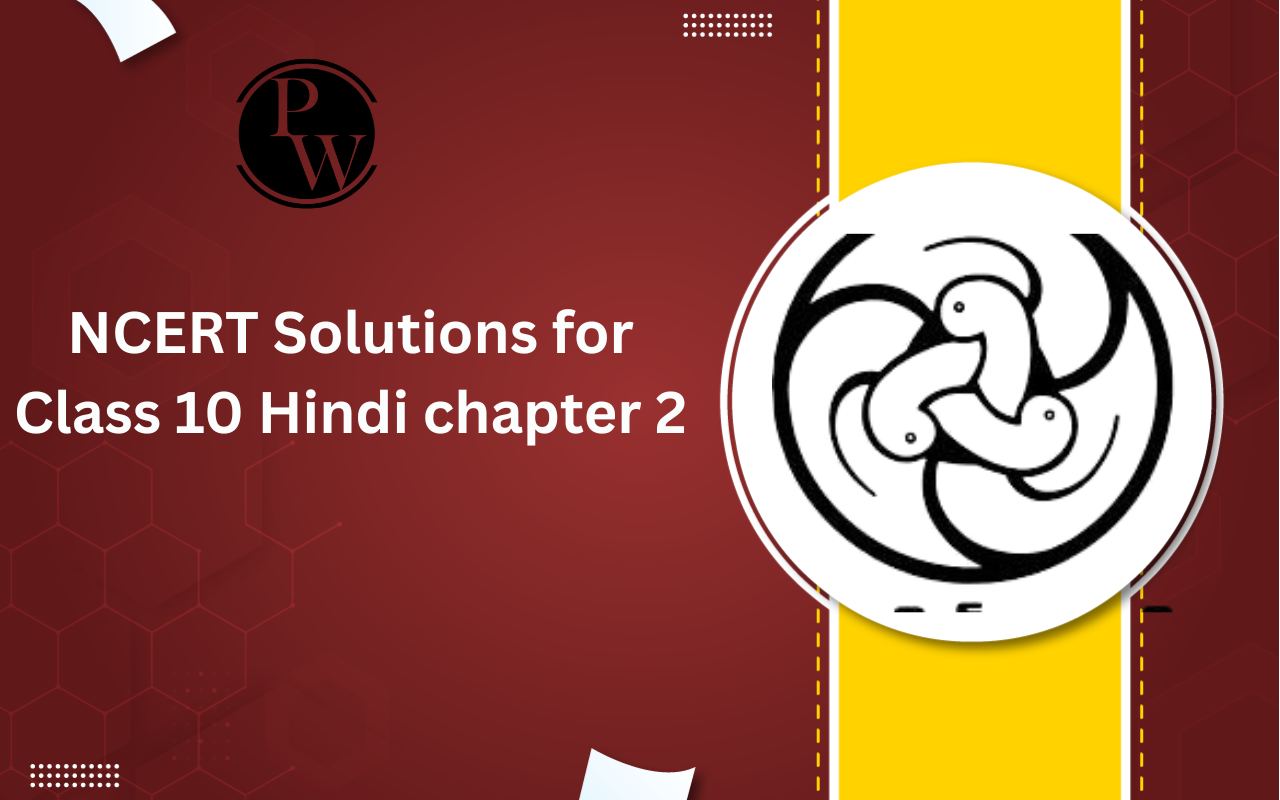
Sexual Reproduction in flowering plants
Aug 09, 2022, 16:45 IST
What is Sexual Reproduction in flowering plants
Sexual reproduction in flowering plants involves transformation of diploid sporophytic cells into haploid gametophytic cells by meiosis and subsequent fusion of haploid gametes of opposite sex to form diploid zygote. The zygote then develops into an embryo which ultimately forms a diploid plant body. In flowering plants, all these steps of sexual reproduction occur within specialized reproductive organs, called the flowers.
Sexual Reproduction in flowering plants Structure of Flower
(1) Structure of the flower : Morphologically flower is a modified shoot meant for sexual reproduction of the plant. Typically, it is a condensed branch in which internodes have become condensed, bringing nodes very close to one another, and the leaves are modified to form floral whorl that directly or indirectly participate in the process of reproduction.
The flower is commonly borne on short or long stalk called the pedicel. It has an upper swollen region known as receptacle (thalamus or torus).
(2) Parts of a flower : A typical angiospermic flower consists of four whorls of floral appendages attached on the receptacle : calyx, corolla, androecium and gynoecium. Of these, the two lower whorls (i.e., calyx and corolla) are sterile and considered as nonessential, accessory or helping whorls. The two upper whorls (i.e., androecium and gynoecium) are fertile and considered as essential or reproductive whorls.
(i) Calyx : It is the outermost whorl of the flower. It is composed of leaf like green sepals. The sepals are essentially green in colour but in some cases they are coloured like petals. Such a condition of calyx is called petaloid. Sepals enclose the bud and protect the delicate part within. They prevent rapid transpiration from the inner parts of the flower.
(ii) Corolla : This is the second whorl of the flower and consists of a number of petals. Petals are generally brightly coloured and sometimes fragrant which make the flower to become attractive. Petals usually attract the insect pollinators and helps in pollination. The petals and sepals together form the floral envelope (perianth).
(iii) Androecium : It is the third whorl of flower and is the male reproductive organ consisting of stamens. Each stamen is made of filament and anther. The filament supports anther at its tip. Usually anthers are bilobed and contain four microsporangia (or pollen sacs), but sometimes they have only one lobe and two microsporangia. The portion of stamen which connects the anther and the filament is known as connective.
(iv) Gynoecium : This is the last and the fourth whorl of flower and is the female reproductive organ of the flower. It occupies the central position on the receptacle and composed of ovary, style and stigma and the component parts are called carpels. Ovary encloses the ovules. Stigma is the receptive spots which lodges the pollen grains. Style is the connection between stigma and ovary.
Functions of a flower in Sexual Reproduction in flowering plants
(i) Flowers are modifications of shoot to perform the function of sexual reproduction. The fertile leaves become microsporophylls (stamen) and megasporophylls (carpels) which bear anthers and ovules respectively. The anthers produce pollen grains and the ovules possess eggs.
(ii) Flowers of most of the angiosperms are shaped variously to help diverse modes of pollination.
(iii) Flowers provide seat for germination of pollen, development of pollen tube, formation of gametes and fertilization.
(iv) The ovary part of the carpel gets transformed into fruit and the ovules are transformed into seeds after fertilization.
(v) Some floral parts like calyx and various modifications in ovaries help in the dispersal of fruits and seeds.
(4) Inflorescence : The flowers are arranged in some definite manner on the plant in each species of the flowering plants. The mode of arrangement of flowers on a specialised branch on top of the plant which bears flowers is called inflorescence. The axis of the inflorescence is called peduncle.
Depending upon the arrangement of flowers, inflorescence is classified as follows :
![]()
(5) Relative position of floral organs on thalamus : Depending upon the form of thalamus and the position of floral whorls with respect to the ovary, the flowers are of the following three types :
(i) Hypogyny : In this case the thalamus is convex-like and ovary occupies the highest position on it. The outer three whorls, viz. sepals, petals and stamens and inserted one above the other but below the ovary. Since the ovary lies above the other parts, it is described as superior and the rest of the floral whorls as inferior. A flower having hypogyny is called hypogynous. e.g. China rose, Brinjal, Mustard, etc.
(ii) Perigyny : In some cases, the receptacle or the thalamus forms a swallow or deep cup-shaped structure around the ovary. The pistil is attached at the centre of the concave thalamus. The sepals, petals and stamens are attached at the margins of the thalamus, the flowers are said to be perigynous and ovary is superior. Different type of flowers show different degrees of perigyny. e.g. Rose, Pea, Bean, Prunus, etc.
(iii) Epigyny : In this condition the margin of thalamus grows further upward completely enclosing the ovary and getting fused with it and bear the sepals, petals and stamens above the ovary. The ovary in such cases is said to be inferior and the rest of the floral members superior. e.g. Apple, Sunflower, Cucumber, Guava, etc.
(6) Placentation : The ovary contains one or more ovules, which later become seeds. The ovule bearing regions of the carpel is called placenta. The arrangement of placentae and ovules within the ovary is called placentation. The placenta is the cushion-like structure to which the ovules are attached inside the cavity of the placenta, placentation is of the following types :
(i) Marginal : In this type of placentation, the ovary is simple, unilocular and the ovules are arranged along the margin of the unilocular ovary. The placenta develops along the ventral suture of the ovary. e.g. Pea, Gram, Goldmohur, etc.
(ii) Axile : It is found in a compound ovary which is two or more chambered, usually as many as the number of carpels e.g. Petunia and Asphodelus. The placentae bearing the ovules develop from the central column or axis which is formed by the fusion of margins of carpels. In certain cases the number of chambers (loculi) increases due to the false septum formation. e.g. Datura, Tomato, etc.
(iii) Free central : In this free central placentation, the gynoecium is polycarpellary and syncarpous. The ovary in early stages is multilocular, but soon the septa break down leaving it as a unilocular structure. e.g. Dianthus, Slience, Primula, etc.
(iv)Parietal : In parietal placentation, the ovary is usually one-chambered but in some cases it becomes bilocular due to the formation of false septum, e.g. Brassica compestris (Sarson). The placentae bearing the ovules develop on the inner wall of the ovary at places where the margins of two adjoining carpels meet. The number of placentae corresponds to the number of fused carpels. e.g. Poppy, Mustard, Cactus, etc.
(v) Basal : In this type of placentation, ovary is bicarpellary, syncarpous and unilocular and a single ovule is borne at the base of ovary. e.g. Marigold, Sunflower, etc.
(vi) Superficial : The ovary is multicarpellary, syncarpous, and large number of loculi without specific order e.g. Waterlily (Nymphea).
(7) Symmetry of the flower : The number, shape, size and arrangement of floral parts (i.e. calyx, corolla, androecium and gynoecium) in a flower determines its symmetry. On the basis of symmetry, flowers can be of following three types :
(i) Actinomorphic or Regular flowers : Such flowers can be divided by vertical plane into two equal and similar halves. e.g. Mustard, Hibiscus, Brinjal, etc.
(ii) Zygomorphic or Irregular flowers : These flowers can be divided into two equal halves only along one median longitudinal plane. e.g. Pea, Iberis, Ocimum, etc.
(iii) Asymmetrical flowers : These flowers cannot be divided into two equal halves along any vertical plane. e.g. Canna, Maranta.

